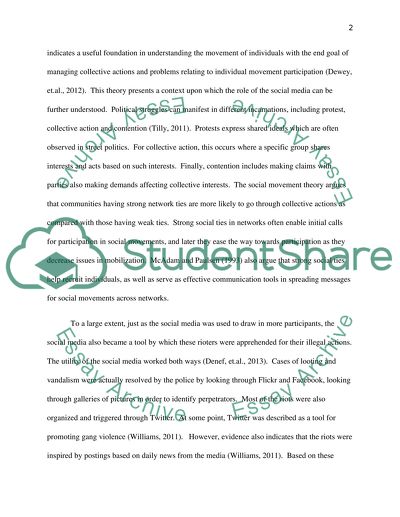Cite this document
(“Detailed research proposal-Role of social media on the 2011 london Essay”, n.d.)
Detailed research proposal-Role of social media on the 2011 london Essay. Retrieved from https://studentshare.org/journalism-communication/1495366-detailed-research-proposal-role-of-social-media-on
Detailed research proposal-Role of social media on the 2011 london Essay. Retrieved from https://studentshare.org/journalism-communication/1495366-detailed-research-proposal-role-of-social-media-on
(Detailed Research Proposal-Role of Social Media on the 2011 London Essay)
Detailed Research Proposal-Role of Social Media on the 2011 London Essay. https://studentshare.org/journalism-communication/1495366-detailed-research-proposal-role-of-social-media-on.
Detailed Research Proposal-Role of Social Media on the 2011 London Essay. https://studentshare.org/journalism-communication/1495366-detailed-research-proposal-role-of-social-media-on.
“Detailed Research Proposal-Role of Social Media on the 2011 London Essay”, n.d. https://studentshare.org/journalism-communication/1495366-detailed-research-proposal-role-of-social-media-on.


